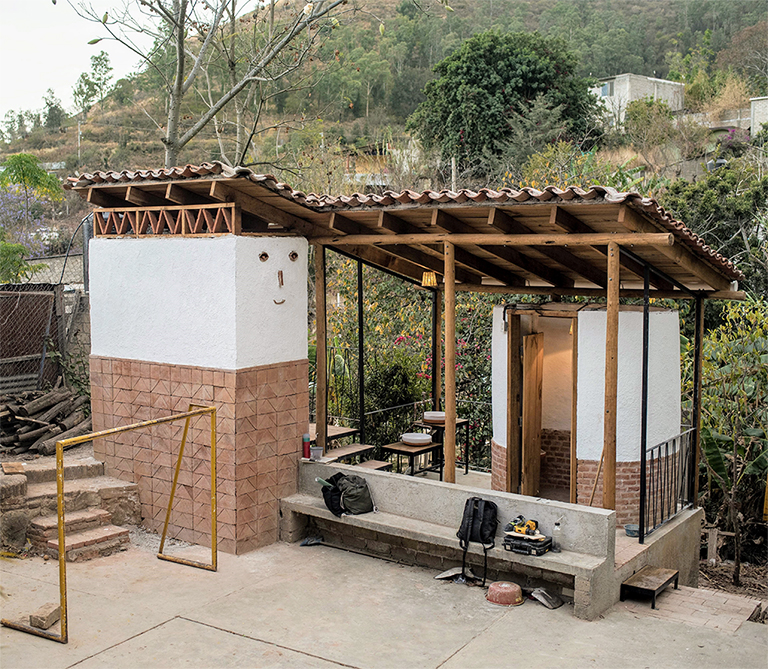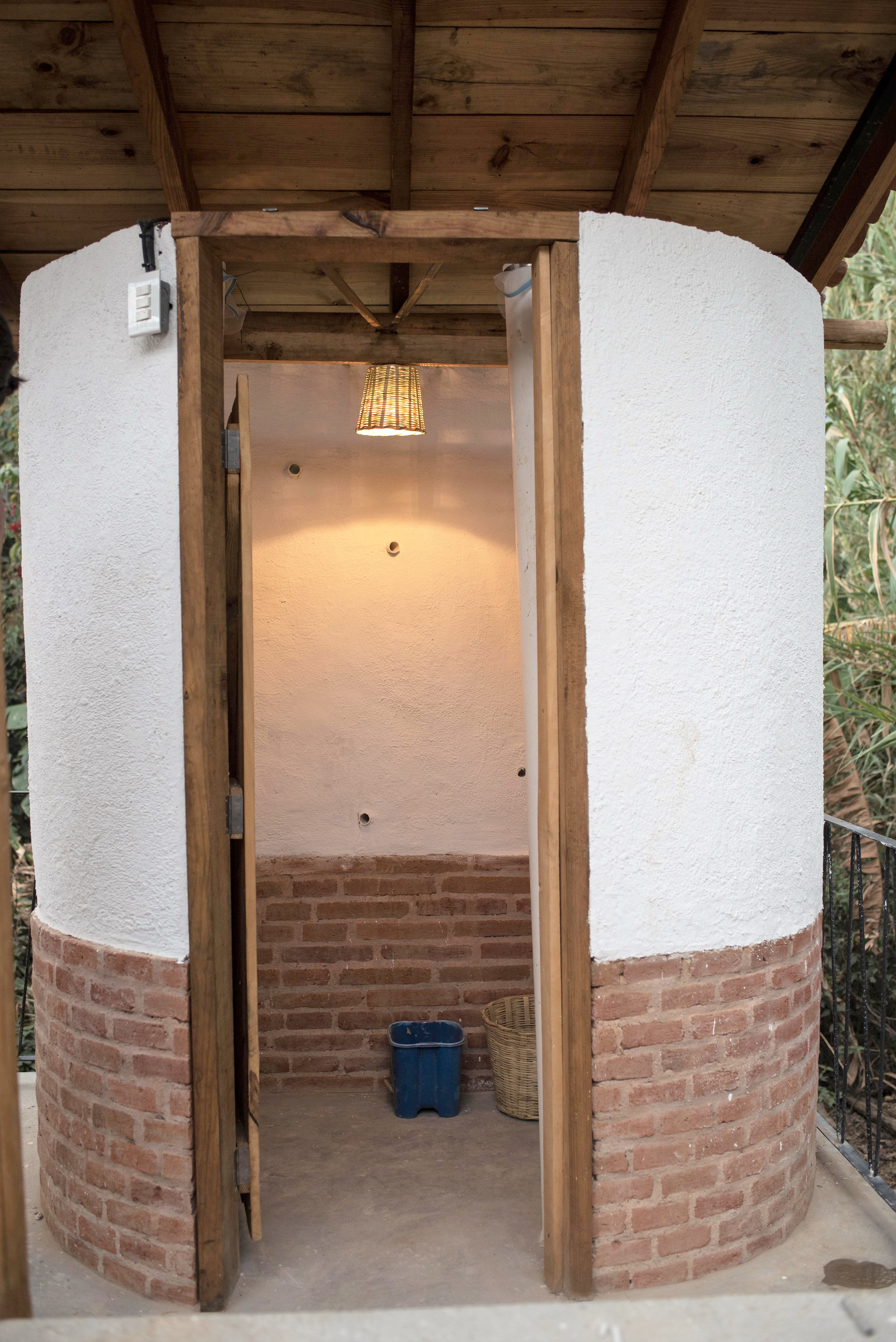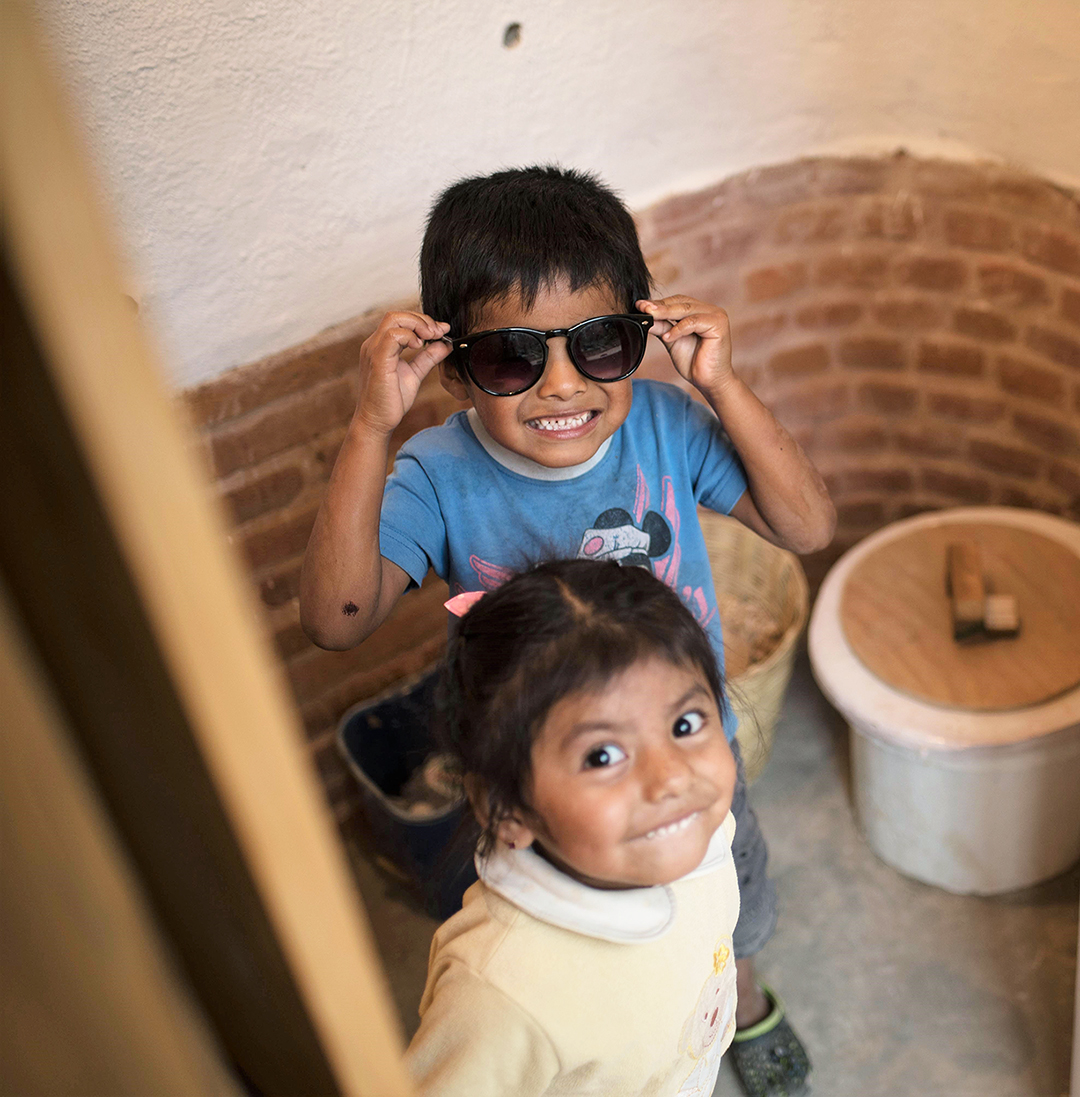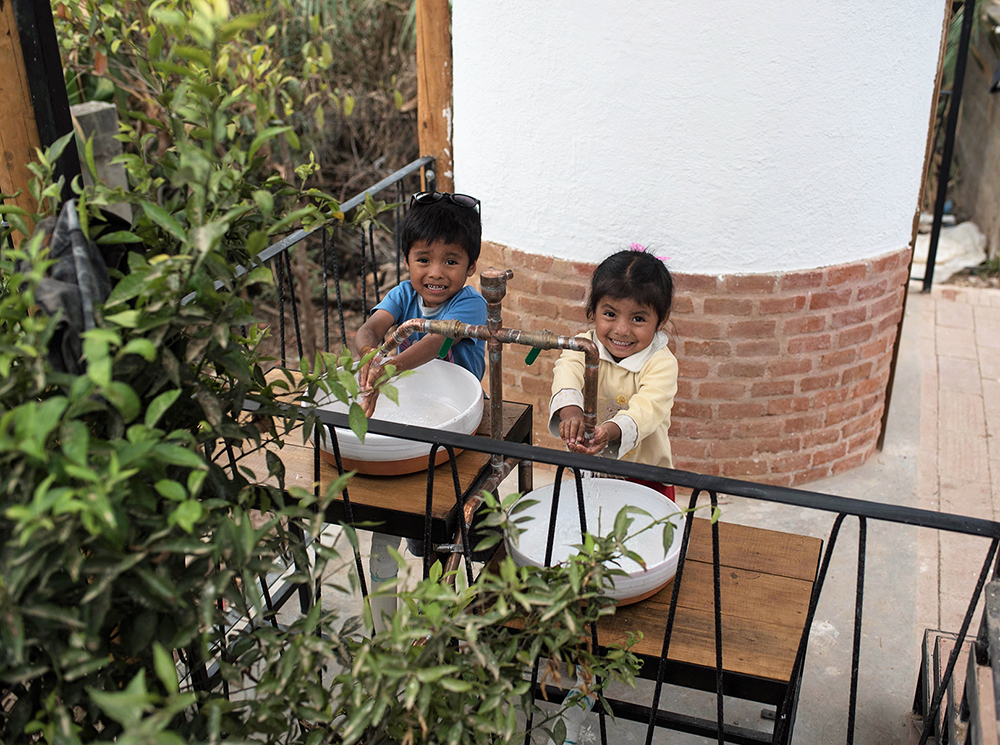Zumapoop
Moctezuma, Oaxaca, Mexico , 2017 .
With Octavio Lopez (local architect) and Farina Pakulat (urban farming expert)
Project generously funded with crowdfunding campaign by Braulio Amado and grants by Awesome Foundation and Burners Without Borders.
How do you use a toilet without water?
ZumaPoop provides sustainable hygiene practices for the children of Moctezuma, an informal community in the suburbs of Oaxaca, Mexico, that lacks water and sewage infrastructure.
This social project is composed of 2 parts:
1) An educational program about hygiene habits tailored specifically for children.
2) The design and construction of sustainable children-centric dry-toilets and hand-washing units, with community participation.
This project is a joint initiative with women-led, civil organization that provides free daycare to children from low/no income families in Moctezuma. La Casita hosts and maintains the sanitary facilities and is already running the educational program on a weekly basis.
La Casita hosts after-school activities for about 25 kids every day and its facilities often double as a community center-for example during vaccination campaigns, local festivities, etc. La Casita is considered the heart of Moctezuma; nevertheless, this community space had no functioning toilets for many years.
The ZumaPoop dry-toilets directly benefit more than 30 people, kids and adults, who frequent La Casita every day, and many of which have no restroom in their own home.
How does it work?
Dry-toilets require no water and all the waste (poop) is composted through a natural, proven process based on WASH (Water And Sanitation for Health) principles. It is safe, clean and odor-free. The nutritious fertilizer is then distributed to the local community or used in La Casita’s organic farm. The hand-washing units uses harvested rainwater collected from the roof.
Dry-toilets are common in many parts of Oaxaca. in a region with limited water supplies and sewage infrastructure; dry-toilets and rainwater harvesting present the best design option.
For the construction of zumapoop we used well-established local sustainable construction techniques including wattle-&-daub (bahareque) walls and locally produced materials such as roof and wall tiles and reclaimed wood. These materials are not only the most affordable available locally, but they also ensure a good integration with the local environment and enable others within the same community to follow the same design for other dry-toilets.
The educational program happens on a weekly basis, It includes children activities (games, songs, etc.) that educate about daily hygiene, importance of water, use and maintenance of compost-toilets and composting practices in general.
Educators, parents, volunteers and of course, the children were involved in Zumapoop from the beginning. The restrooms were built by community volunteers together with skilled construction masters. We hope that the use of dry-toilets will encourage responsible use of water resources, and that the composting will encourage recycling waste into fertilizer. Educating the local community on dry-toilet construction techniques can have a long-lasting impact in a community that now suffers from economic, health and environmental challenges.















